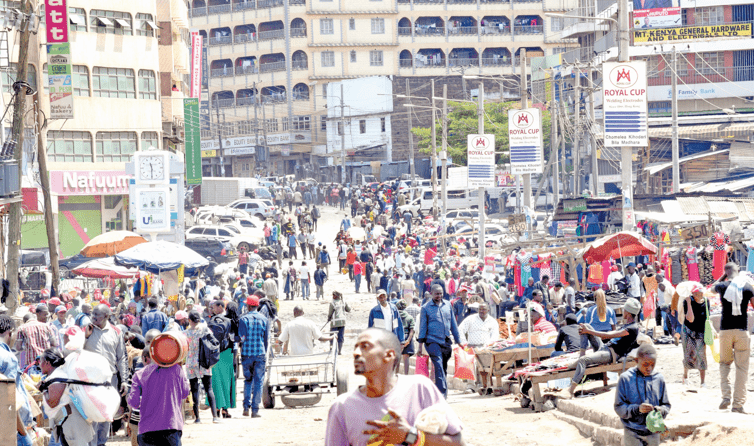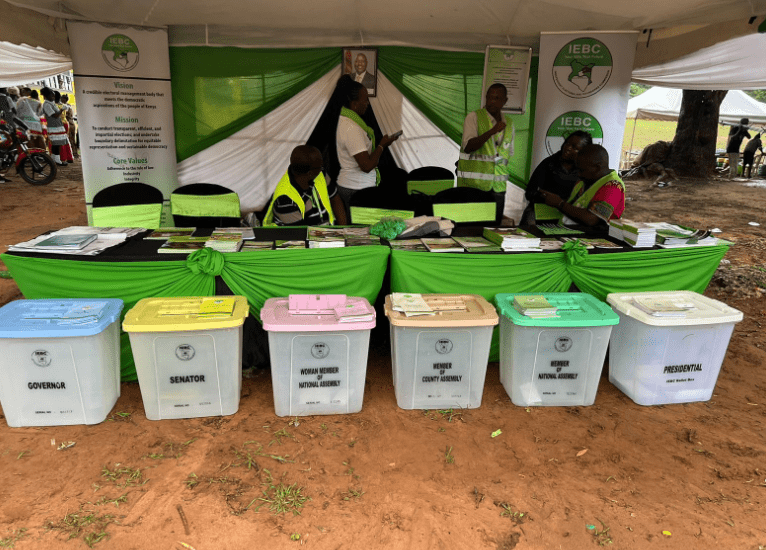Tapping comparative advantage essential for county, rural growth

More than 20 million Kenyans lived below the poverty line in 2022, per the 2024 Kenya National Bureau of Statistics report.
The report further highlights the contribution of each county to the Gross Domestic Product (GDP) through their respective Gross County Product (GCP). GCP is a sub-level national statistic that mirrors the performance of each devolved region in relation to the national GDP.
The report confirms the centrality of agriculture in GDP contribution, placed at 21.6 per cent. Information and communication technology (ICT) access and usage also emerge as key determinants of each county’s contribution to national development.
Additionally, the report indicates that most of the food consumed in Kenya comes from a few counties. In fact, of the 47 counties, 25 contributed less than 2 per cent to gross value addition. This highlights the critical need for identifying each county’s comparative advantage — the unique abilities and potential that enablethe production of goods and services at low cost. Comparative advantage explains why trade happens and is important for counties to leverage in driving economic growth.
There is a need, therefore, for each county to identify and articulate its comparative advantage to facilitate optimal socio-economic growth. This could be achieved through a comprehensive audit of natural resources, labour force, and agricultural potential.
Communities, governments, learning institutions, and the private sector must work together to identify and exploit these comparative advantages for sustainable growth.
Through consultation, the government can establish innovative policies that support investment. For instance, established technical and vocational institutions and digital hubs in every constituency should be utilised optimally to drive sustainable blue and green economic growth.
However, collaboration must extend beyond counties to regional partnerships. Some counties will need to implement joint projects to benefit from economies of scale. For example, counties in the Lake Region Economic Bloc could collaborate to produce sweet potatoes, bananas, groundnuts, and many other products with a focus on enhancing value addition. This would create employment opportunities.
The upcoming Nyanza International Investment Conference provides a critical space for engagement to catalyse innovative ideas for blue and green economy growth. Such conferences are also essential in raising awareness of the region’s potential and investment value.
With enhanced business opportunities, there will be greater motivation for urban-to-rural migration. Hitherto, rural-to-urban migration has led to depletion of the essential workforce required to improve productivity in rural areas.
For instance, after completing secondary school, many young people move to towns and cities in search of opportunities, leaving ageing parents to tend to farms. This undermines agricultural productivity and industrial development. It is imperative to recognise that population size is part of comparative advantage, especially in terms of youth numbers, and has a direct connection to regional growth.
To unlock the full potential of Kenya’s counties, strategic tracking of economic shifts and continuous identification of comparative advantages must be prioritised. County governments must act quickly to identify their strengths, develop tailored investment policies, and foster regional collaboration to unlock new economic frontiers. By doing so, rural areas can transition from zones of despair to thriving centres of opportunity and innovation.
— The writer is a UN global food systems Youth Leader, Vocational and Technical Trainer, and Communication Consultant












